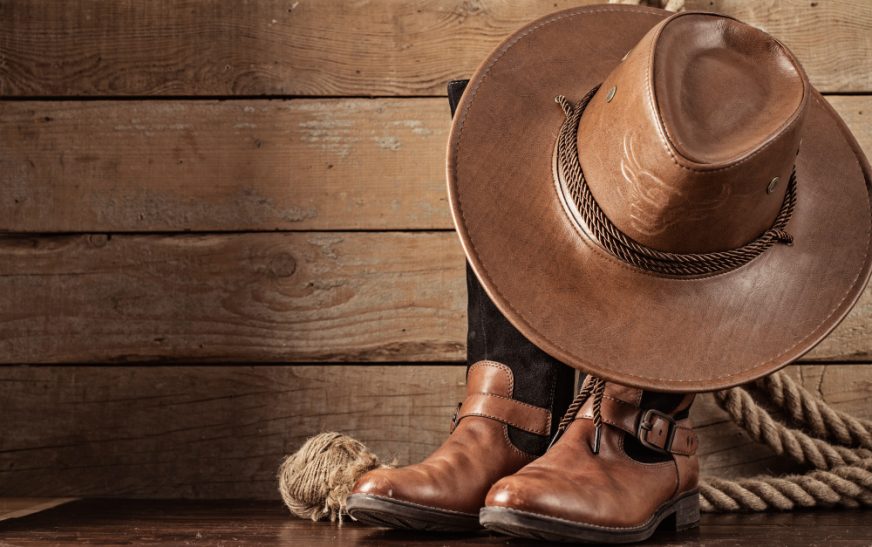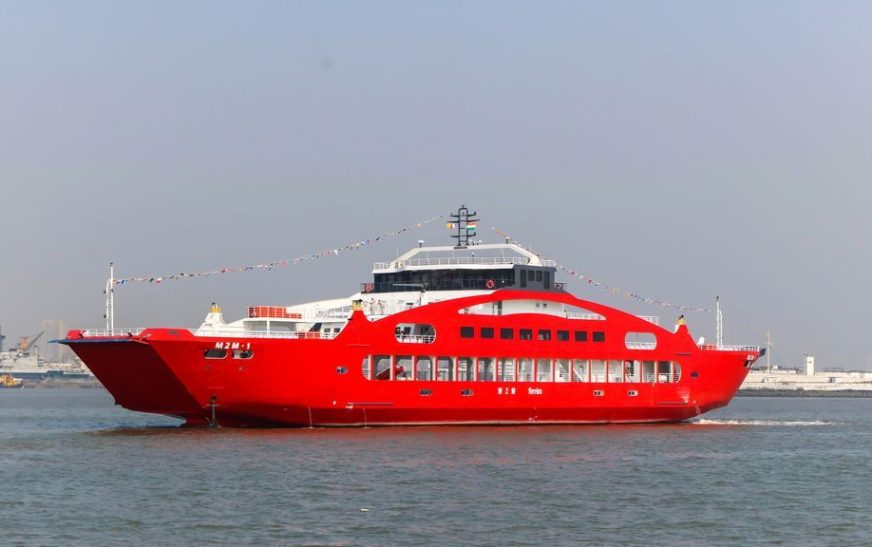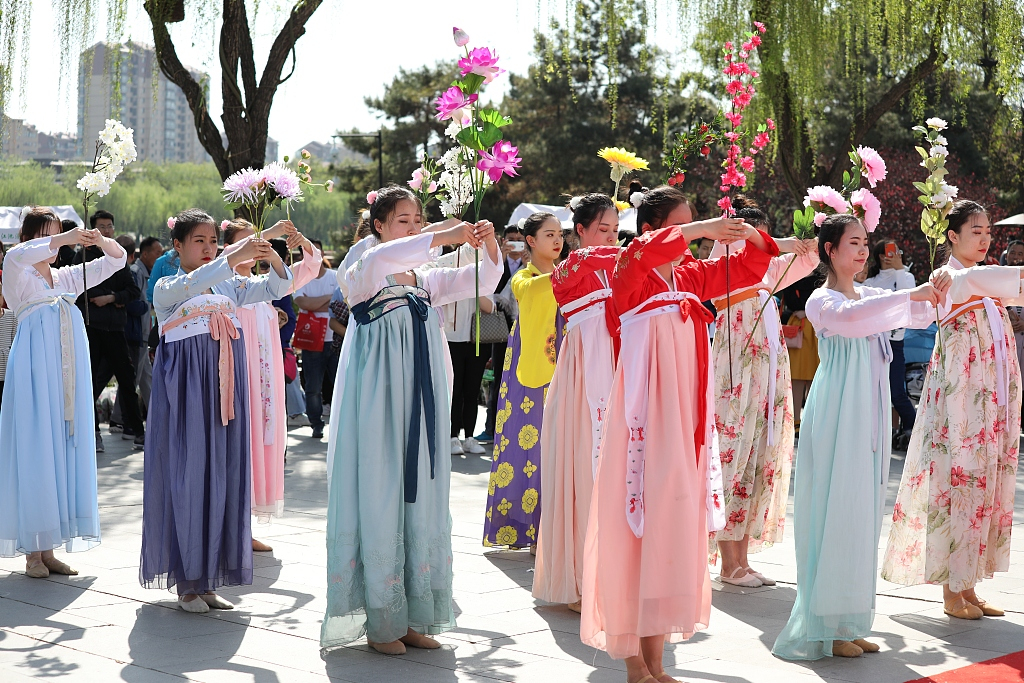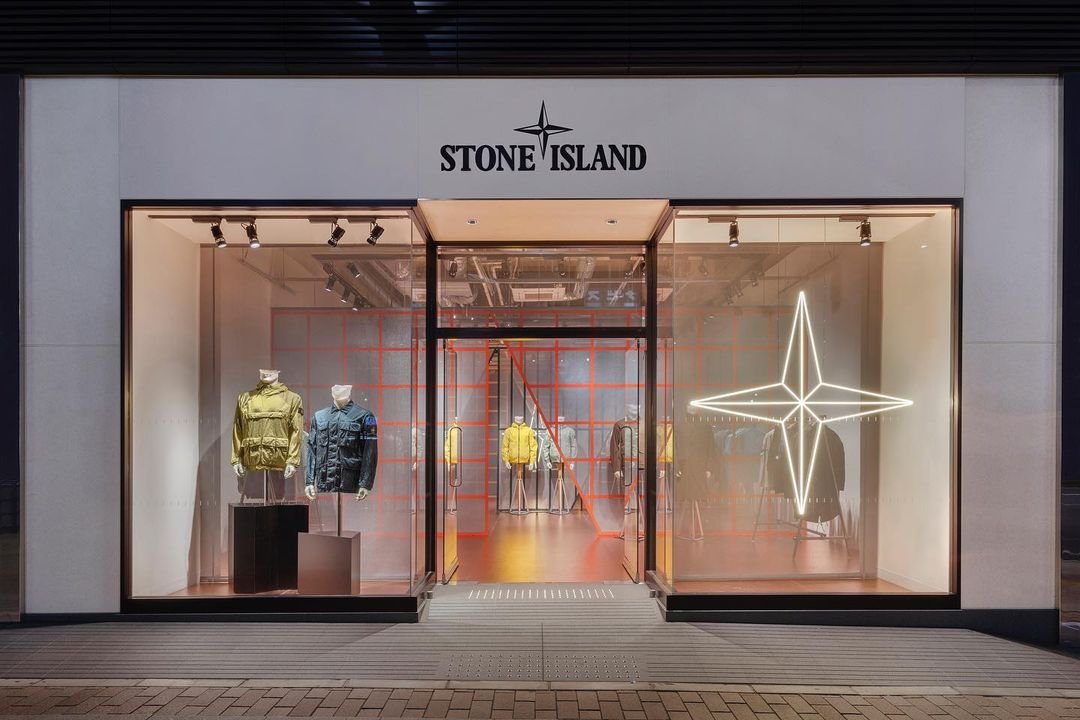Mexico City, or CDMX, is a metropolis bursting with life, culture, and color. It’s a place where centuries of history collide with modern innovation—and nowhere is that more visible than on its sidewalks. Street fashion in Mexico City isn’t just about trends; it’s a vibrant expression of identity, creativity, and cultural heritage.
In this guide, we’ll explore how Mexico City’s fashion scene blends indigenous roots, global influence, and DIY attitude to shape one of the most exciting street style cultures in the world. Whether you’re a traveler, trendsetter, or simply a fashion enthusiast, this is your guide to understanding how culture meets couture in the streets of CDMX.
The Cultural Canvas of Mexico City’s Street Fashion
Fashion in Mexico City isn’t born in runways—it thrives in plazas, mercados, music venues, and protests. The city’s fashion is as multifaceted as its people, weaving together pre-Hispanic patterns, colonial aesthetics, 90s nostalgia, and cutting-edge modernism.
Key cultural influences include
- Indigenous textiles: Otomi embroidery, rebozos, and huipiles appear in modern fits.
- Chilango identity: The city’s residents (chilangos) often use fashion to assert personal and political identity.
- Subcultures: From punk to goth to skate, CDMX youth create distinct tribes with visual codes.
What sets Mexico City’s fashion apart is how naturally it fuses tradition and rebellion, turning sidewalks into catwalks for cultural storytelling.
Neighborhoods That Define the Style
Mexico City’s fashion isn’t uniform—it changes depending on where you are. Each barrio (neighborhood) offers its own vibe and subculture. Here are some hotspots:
Roma & Condesa
Trendy and bohemian, this area draws artists and influencers. Think oversized blazers, thrifted denim, bucket hats, and minimal-chic sneakers.
Centro Histórico
A mix of high-end fashion and vintage markets. It’s not uncommon to see teens mixing second-hand leather with traditional blouses.
Coyoacán
Home to Frida Kahlo, this area embraces colorful textiles, boho silhouettes, and folkloric influences.
Tepito & Doctores
Gritty, bold, and real. This is where urban streetwear thrives, with DIY fashion, skate style, and bold accessories.
Santa Fe & Polanco
These upscale districts are havens for designer brands and polished aesthetics—perfect for spotting luxury blended with Latin flair.
Influential Subcultures Shaping the Streets
Street fashion in Mexico City is heavily shaped by subcultures and countercultures. Here are some key style tribes:
- Skaters: Graphic tees, baggy pants, Vans, and chain wallets. Seen around skate parks in Chapultepec and Parque México.
- Punks and Goths: Leather jackets, studded boots, fishnet tights—alive and well around underground venues and Centro.
- Cholos and Cholas: Lowrider aesthetics, slicked-back hair, plaid shirts, and khakis. A nod to Mexican-American influence.
- Neo-folk: Youth who blend heritage garments (like huaraches and ponchos) with modern streetwear elements.
- Eco-stylers: Zero-waste and recycled fashion advocates who thrift or upcycle everything they wear.
These subcultures don’t just wear clothes—they make statements, claim space, and push fashion into new territories.
Local Designers and Brands to Know
Mexico City’s fashion scene is increasingly self-sustaining, thanks to a wave of homegrown designers blending street style with high fashion. Some notable names include:
- Carla Fernández – Known for ethical fashion rooted in indigenous Mexican traditions.
- Barragán – Avant-garde fashion that plays with gender, bold silhouettes, and raw street energy.
- No Name Studio – Youth-focused streetwear with experimental designs and accessible pricing.
- Tony Delfino – Graffiti-inspired collections that mix art and urban grit.
- Pantera – A streetwear brand that collaborates with artists and musicians to keep the style grounded in culture.
Supporting these designers not only elevates your look—it supports Mexico’s creative economy and preserves cultural identity.
Where to Shop the Look in Mexico City
From open-air markets to curated boutiques, CDMX offers a shopping experience for every style and budget.
Thrift & Vintage Markets
- La Lagunilla Market: The holy grail of vintage fashion and furniture.
- Tianguis Cultural del Chopo: Punk, goth, and underground treasures every Saturday.
- Bazaar Roma: Designer thrifts and indie brands in a hip setting.
Boutiques & Concept Stores
- HEADQUARTER: A concept shop blending art, streetwear, and skate culture.
- Common People: Upscale, minimalist clothing from Latin American designers.
- Utilitario Mexicano: For functional pieces with a design twist.
Artisan Markets
- Mercado de Coyoacán: Handmade jewelry, embroidered tops, and more.
- San Ángel Market: Ideal for one-of-a-kind accessories and handmade garments.
Pro tip: Don’t underestimate the tianguis (street stalls)—many offer unique finds at bargain prices.
How Social Media and Creators Are Influencing the Scene
Instagram and TikTok have transformed Mexico City’s fashion scene. Local influencers are reshaping what’s considered “stylish” and making room for brown, queer, indigenous, and non-binary bodies in fashion spaces.
Some top creators include:
- @chabechabela – Known for thrifted, vintage looks that highlight Mexican nostalgia.
- @sandoval.cesar – Fashion-forward takes on masculinity and urban elegance.
- @color.criminal – A visual artist turning street style into expressive art.
More than followers, these creators are cultural curators using fashion to challenge norms and reclaim identity.
Fashion as Activism in CDMX
In Mexico City, fashion often doubles as a form of protest and empowerment. Clothes speak—sometimes louder than words. From embroidered slogans to bandanas worn in marches, streetwear becomes a tool for:
- Feminist movements
- Indigenous rights awareness
- LGBTQ+ visibility
- Anti-capitalist sentiments
Clothing is not just aesthetic; it’s political armor in a city where voices fight to be heard. For many young people, what they wear reflects what they believe—and what they hope to change.
Conclusion
The streets of Mexico City are not just a runway—they are a revolution. Here, fashion transcends the boundaries of style and enters the realm of identity, protest, culture, and freedom.
To walk through CDMX is to walk through centuries of influence—Aztec roots, Spanish colonialism, American pop culture, digital activism—all stitched into every look you see.
Whether you’re exploring La Roma or skating through Doctores, you’ll discover that Mexico City’s street fashion doesn’t follow trends—it sets them.
FAQs
1. Is street fashion in Mexico City safe for tourists to participate in?
Yes! Street fashion is widely accepted and celebrated. Just be mindful of where you are—dress down in conservative or religious areas and avoid flashy accessories in crowded spots.
2. What are the most common clothing pieces in CDMX street style?
Oversized denim, colorful prints, vintage leather jackets, handmade accessories, and sneakers are staples. Many also incorporate traditional Mexican textiles into modern outfits.
3. Where can I take the best street-style photos in CDMX?
Top spots include Parque México, Roma Norte’s murals, Coyoacán’s markets, and the grungier alleys of Centro Histórico. These offer bold backdrops and plenty of fashionable foot traffic.
4. How do locals feel about tourists embracing their fashion trends?
As long as it’s done respectfully (not as costume or caricature), locals often appreciate the curiosity. Supporting local markets and designers helps keep the culture alive.
5. What should I avoid wearing in Mexico City?
Avoid clothing with offensive slogans, overly revealing outfits in conservative areas, and bulky, expensive-looking items that might draw unwanted attention.
Also read: Saddle Up: Your Ultimate Guide to the Authentic Cowboy Experience








